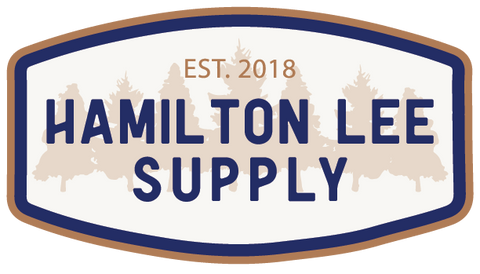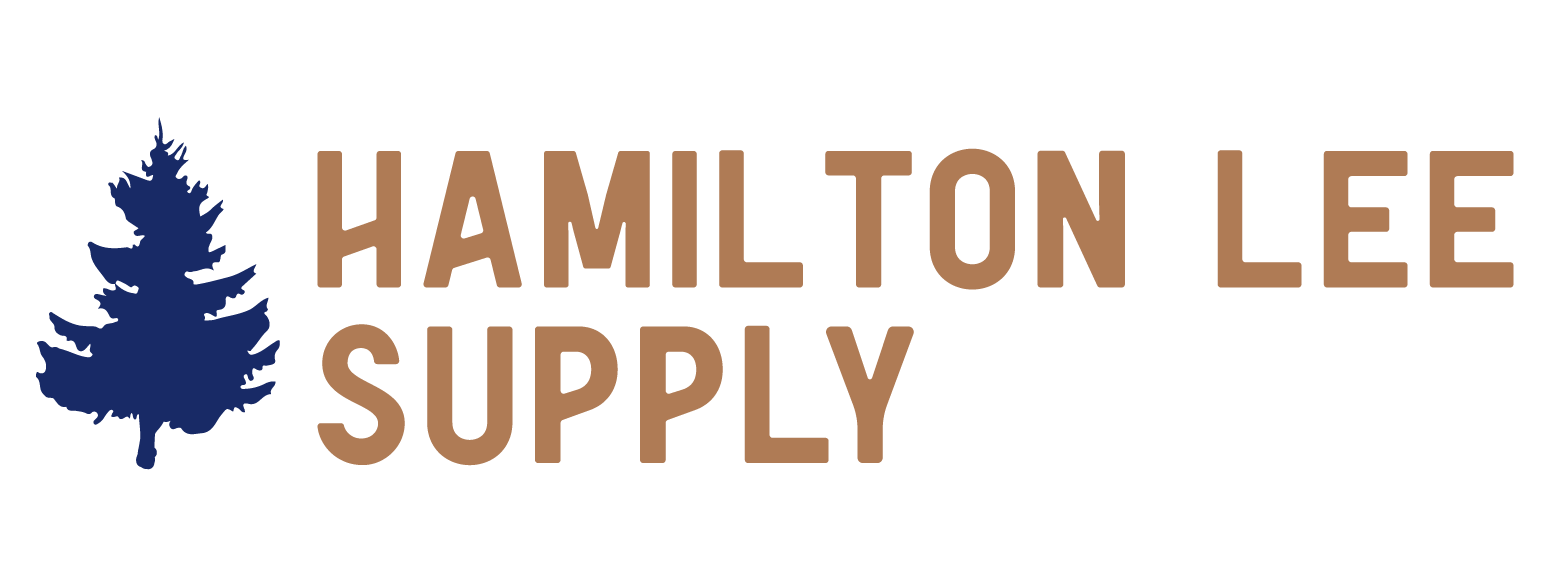LiveEdge Sycamore
Couldn't load pickup availability
Species: Sycamore
SKU: BGDDSYC316
Length: 85"
Width (Bottom): 33"
Width (Middle): 29"
Width (Top): 46"
Thickness: 2.5"
Board Foot: 53.13 BDFT
Weight Estimate: 221 Pounds
Origin: Battleground, Washington
Shipping Information:
-Slab Ships From: Battle Ground, Washington
-All slabs are subject to freighted shipping. Once purchased, we will contact you via email or phone to coordinate and secure the best negotiated shipping rate for your location. Shipping costs are based on your zip code, residential/commercial address classification, and whether a liftgate/forklift is required.
If you can't find a slab that perfectly fits your needs among our listed options, feel free to reach out to us directly. We can check our inventory for additional slabs that may suit your preferences.
Contact Information:
-Email: info@hamiltonleesupply.com
-Phone: 360.601.8388
Transform your vision into reality with our remarkable Live Edge slabs. Embrace the artistry of nature in your next woodworking project and create a unique masterpiece for your home.
Crafted with precision and attention to detail, this kiln-dried slab is project-ready, ensuring minimal wood movement and cracking. Our state-of-the-art iDry vacuum kiln removes moisture, guaranteeing its suitability for your project right away.
Please note that as each tree is unique, no two slabs are alike. This individuality guarantees that your furniture piece, whether it's a table, shelf, or any other creation, will be truly one-of-a-kind.
At Hamilton Lee Supply, we are committed to preserving and reusing stunning wood materials. Our focus on sustainability means that every slab tells a story and contributes to a greener future.
Common Names: Bald cypress, swamp cypress, sinker cypress, pecky cypress, tidewater red cypress
Scientific Name: Taxodium distichum
Distribution: Native to the southeastern United States
Tree Size: Grows to heights of 80120 feet (2437 meters) with trunk diameters of 35 feet (11.5 meters)
Average Dried Weight: Approximately 32.0 pounds per cubic foot (515 kilograms per cubic meter)
Specific Gravity (Basic, 12% MC): Ranges from 0.42 to 0.51
Janka Hardness: Measures around 510 pounds of force (2,270 Newtons)
Modulus of Rupture: About 10,600 pounds per square inch (73.1 MPa)
Elastic Modulus: Approximately 1,440,000 pounds per square inch (9.93 GPa)
Crushing Strength: About 6,360 pounds per square inch (43.9 MPa)
Shrinkage: Radial: 3.8%, Tangential: 6.2%, Volumetric: 10.5%, T/R Ratio: 1.6
Color/Appearance: Color varies from light yellowish brown with nearly white sapwood to slightly warmer, darker heartwood colors. Some pieces may have dark pockets and voids due to fungal attack, known as pecky cypress.
Grain/Texture: The wood typically has a straight grain and a medium to coarse texture. Unfinished surfaces have a greasy feel.
Rot Resistance: Oldgrowth bald cypress is very durable against decay, while wood from younger trees is moderately durable.
Workability: It's recommended to use sharp cutters and light passes to avoid tearout when working with bald cypress. It may have a moderate dulling effect on cutting edges. It glues, nails, finishes, and holds paint well.
Odor: Bald cypress has a distinct, somewhat sour odor when worked.
Allergies/Toxicity: Bald cypress has been reported as a sensitizer with occasional respiratory irritation as the most common reaction.
Pricing/Availability: Prices are typically in the midrange for domestic woods. Clear, knotfree boards for woodworking applications are more expensive than constructiongrade lumber. Specialty lumber such as reclaimed sinker cypress or pecky cypress is much more costly.
Sustainability: Not listed in the CITES Appendices, and reported as a species of least concern by the IUCN.
Common Uses: Bald cypress is used for exterior construction, exterior furniture, docks, boatbuilding, interior trim, and veneer.
Comments: Bald cypress is known for its unique aerial roots called knees, which protrude above the ground or water. These trees are deciduous and drop all their leaves each winter. The wood is popular in exterior construction due to its decay resistance. It's sometimes called simply "cypress" in North America.
Bald Cypress Knees
Pecky Cypress Interior
Bald Cypress Endgrain
Old Growth Bald Cypress Endgrain
Please note that anatomical features of bald cypress can vary depending on growing conditions and tree age. The wood from older trees often has more pronounced grain contrast and a sharper transition from earlywood to latewood.
User
Common Names: Sycamore, American Plane
Scientific Name: Platanus occidentalis
Distribution: Eastern United States
Tree Size: 75120 ft (2337 m) tall, 38 ft (12.4 m) trunk diameter
Average Dried Weight: 34 lbs/ft3 (545 kg/m3)
Specific Gravity (Basic, 12% MC): .46, .55
Janka Hardness: 770 lbf (3,430 N)
Modulus of Rupture: 10,000 lbf/in2 (69.0 MPa)
Elastic Modulus: 1,420,000 lbf/in2 (9.79 GPa)
Crushing Strength: 5,380 lbf/in2 (37.1 MPa)
Shrinkage: Radial: 5.0%, Tangential: 8.4%, Volumetric: 14.1%, T/R Ratio: 1.7
Color/Appearance: Similar to maple, the wood of Sycamore trees is predominantly comprised of the sapwood, with some darker heartwood streaks also found in most boards. (Though it is not uncommon to also see entire boards of heartwood too.) The sapwood is white to light tan, while the heartwood is a darker reddish brown. Sycamore also has very distinct ray flecks present on quartersawn surfaces—giving it a freckled appearance—and it is sometimes even called “Lacewood.”
Grain/Texture: Sycamore has a fine and even texture that is very similar to maple. The grain is interlocked.
Endgrain: Diffuseporous; small to medium pores, numerous; solitary and in radial multiples and clusters; tyloses occasionally present, though not easily seen with lens; growth rings distinct due to lighter color of latewood and decreased pore frequency; medium to very wide rays easily visible without lens, noded, wide spacing; parenchyma rare or absent.
Rot Resistance: Sycamore is rated as nondurable to perishable regarding decay resistance, and is susceptible to insect attack.
Workability: Overall, Sycamore works easily with both hand and machine tools, though the interlocked grain can be troublesome in surfacing and machining operations at times. Sycamore turns, glues, and finishes well. Responds poorly to steam bending.
Odor: No characteristic odor.
Allergies/Toxicity: Besides the standard health risks associated with any type of wood dust, no further health reactions have been associated with Sycamore. See the articles Wood Allergies and Toxicity and Wood Dust Safety for more information.
Pricing/Availability: Usually moderately priced, though Sycamore is commonly sold as quartersawn boards, which can increase the cost.
Sustainability: This wood species is not listed in the CITES Appendices or on the IUCN Red List of Threatened Species.
Common Uses: Veneer, plywood, interior trim, pallets/crates, flooring, furniture, particleboard, paper (pulpwood), tool handles, and other turned objects.
Comments: Not to be confused with European Sycamore—which is actually just a species of maple (Acer pseudoplatanus)—Sycamore is sometimes referred to as “American Plane” in Europe.
Related Species:
London Plane (Platanus x hybrida)
ChatGPT
Here's the information about Sycamore (Platanus occidentalis) with reworded bullet points:
Common Names: Sycamore, American Plane
Scientific Name: Platanus occidentalis
Distribution: Native to the eastern United States
Tree Size: Grows to heights of 75120 feet (2337 meters) with trunk diameters of 38 feet (12.4 meters)
Average Dried Weight: Approximately 34 pounds per cubic foot (545 kilograms per cubic meter)
Specific Gravity (Basic, 12% MC): Ranges from 0.46 to 0.55
Janka Hardness: Measures around 770 pounds of force (3,430 Newtons)
Modulus of Rupture: About 10,000 pounds per square inch (69.0 MPa)
Elastic Modulus: Approximately 1,420,000 pounds per square inch (9.79 GPa)
Crushing Strength: About 5,380 pounds per square inch (37.1 MPa)
Shrinkage: Radial: 5.0%, Tangential: 8.4%, Volumetric: 14.1%, T/R Ratio: 1.7
Color/Appearance: Sycamore wood predominantly consists of sapwood with occasional dark heartwood streaks. Sapwood is white to light tan, while heartwood is a darker reddish brown. Quartersawn surfaces display distinct ray flecks, giving it a freckled appearance, and it's sometimes called "Lacewood."
Grain/Texture: Fine and even texture, similar to maple, with interlocked grain.
Endgrain: Diffuseporous with small to medium pores, numerous, solitary, and in clusters. Tyloses may be present. Growth rings are distinct due to the lighter color of latewood. Medium to very wide rays are visible without a lens, with wide spacing. Parenchyma is rare or absent.
Rot Resistance: Rated as nondurable to perishable against decay and susceptible to insect attack.
Workability: Sycamore is generally easy to work with hand and machine tools, but interlocked grain can pose challenges. It turns, glues, and finishes well but responds poorly to steam bending.
Odor: No characteristic odor.
Allergies/Toxicity: No significant health reactions associated with Sycamore, apart from standard wood dust risks.
Pricing/Availability: Usually moderately priced, but quartersawn boards may cost more.
Sustainability: Not listed in the CITES Appendices or on the IUCN Red List of Threatened Species.
Common Uses: Sycamore is used for veneer, plywood, interior trim, pallets/crates, flooring, furniture, particleboard, paper (pulpwood), tool handles, and turned objects.
Comments: Sycamore, not to be confused with European Sycamore, is sometimes called "American Plane" in Europe. European Sycamore is actually a species of maple (Acer pseudoplatanus).













